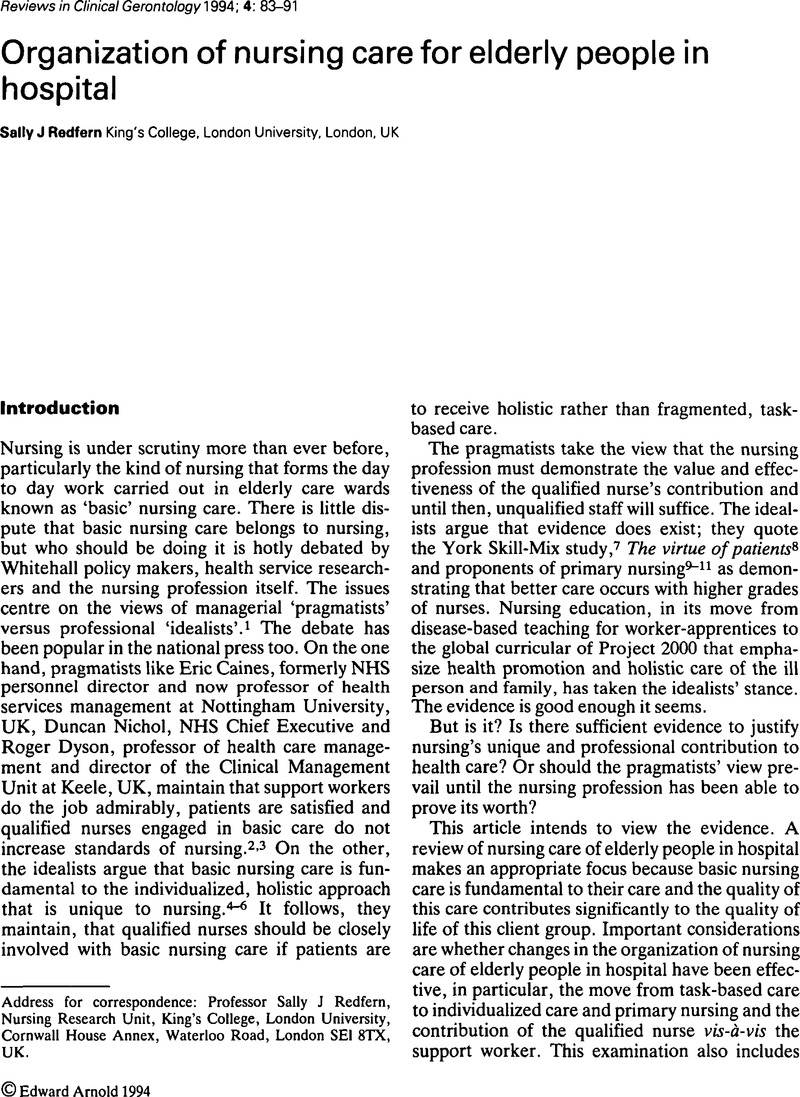Crossref Citations
This article has been cited by the following publications. This list is generated based on data provided by Crossref.
Redfern, Sally
1996.
Individualised patient care.
NT Research,
Vol. 1,
Issue. 1,
p.
22.
Tolson, Debbie
1997.
Age-related hearing loss: a case for nursing intervention.
Journal of Advanced Nursing,
Vol. 26,
Issue. 6,
p.
1150.
Tolson, Debbie
and
Stephens, Dafydd
1997.
Age‐related hearing loss in the dependent elderly population: A model for nursing care.
International Journal of Nursing Practice,
Vol. 3,
Issue. 4,
p.
224.
Tolson, Debbie
1997.
Age-related hearing loss: a case for nursing intervention.
Journal of Advanced Nursing,
Vol. 26,
Issue. 6,
p.
1150.



